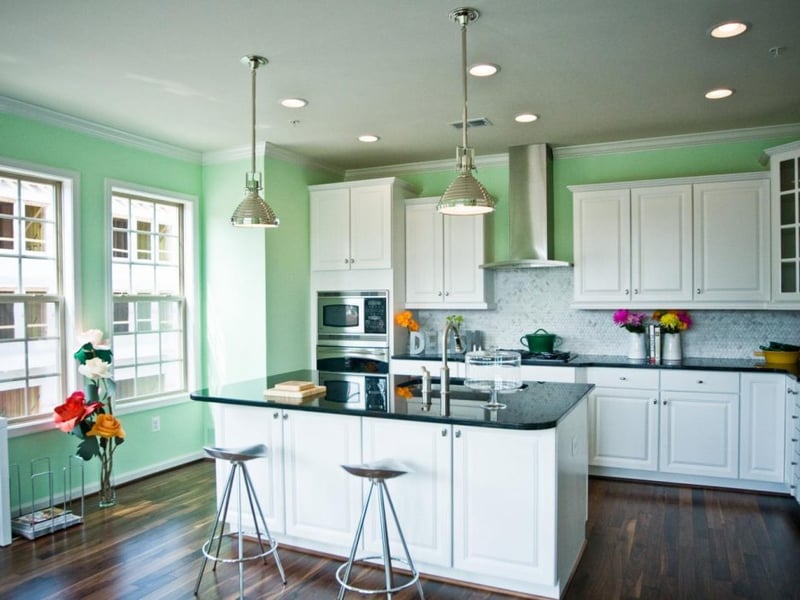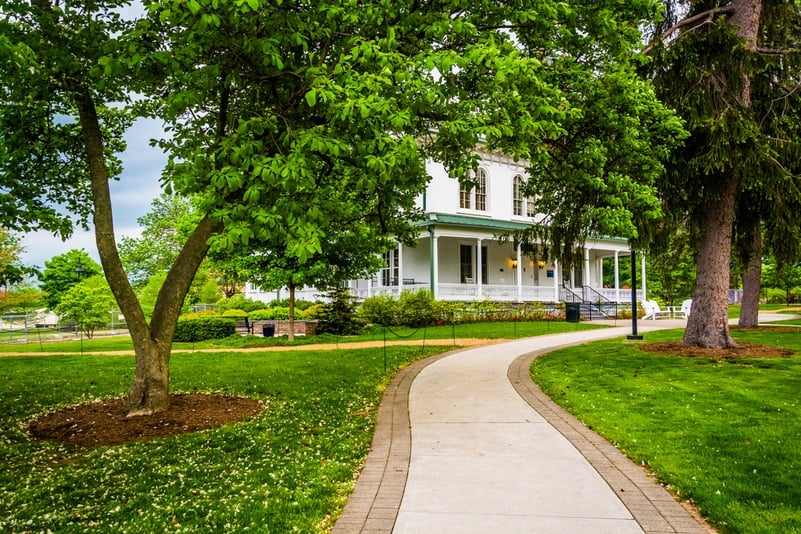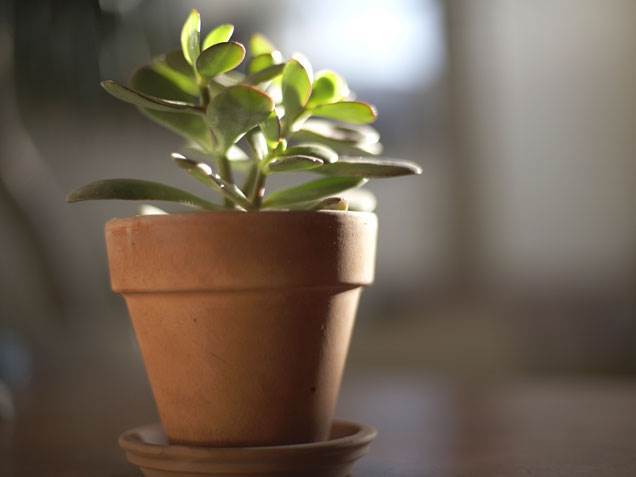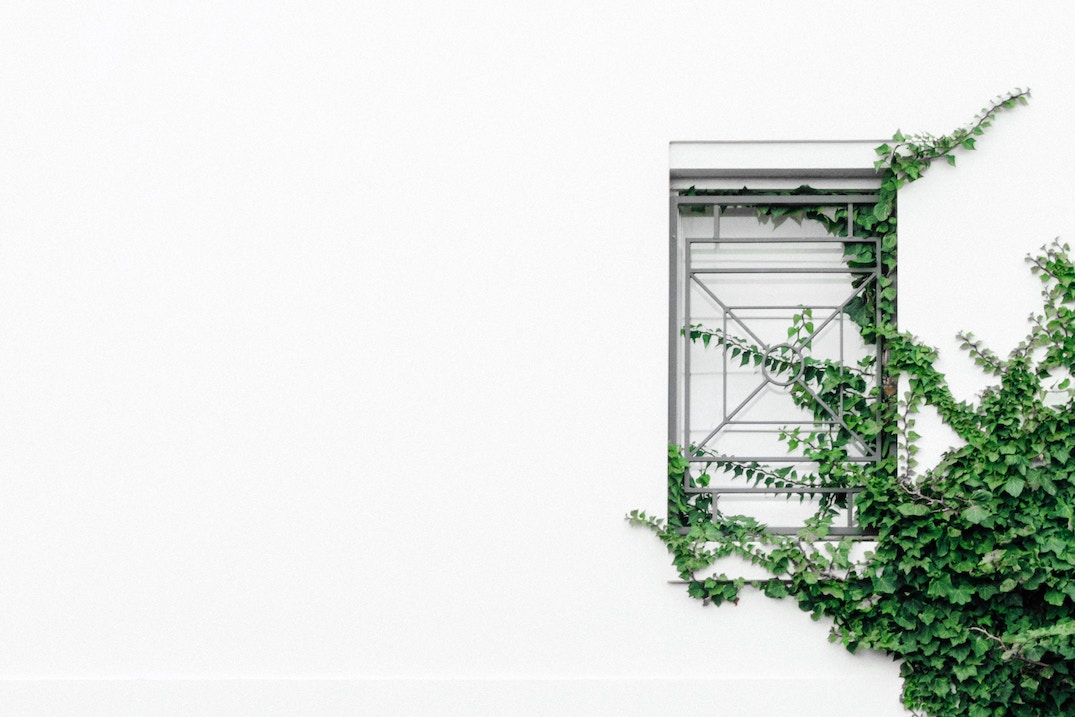Sure, going green can involve big changes to your home and lifestyle if you so choose, but there’s also plenty of small, stress-free steps you can take to be environmentally friendly as well. There a number of ways you and your family can go green and improve your environmental impact by making small changes around the house. These eco-friendly changes don’t just benefit Mother Nature, but they can also end up saving you a little bit of money on your monthly utility bills.
If you’re unsure how to be green around your home, use these tips to get the ball rolling and go green:

1. Let in the Light
As subtle as it may seem, switching over to energy-efficient light bulbs can have an impressive environmental impact. According to Small Footprint Family, over the course of a few years, replacing standard incandescent bulbs with florescent or LED ones is beneficial for the earth and also your wallet.
Not only are environmentally friendly models between 25 percent to 80 percent more efficient, but they also last significantly longer. This little step can reduce your monthly electricity bill and also reduce the number of light bulbs that end up in the trash.
Another way to be more environmentally friendly is to find ways to use natural light. This could mean replacing windows and doors or even a small remodelling project, or it could be as simple as opting for new curtains. Either way, letting in sunlight during the day reduces the amount of electricity you use. Even in the cold of winter, direct sunlight can warm your home and allow you to turn the thermostat down a degree or two.

2. Consider Upgrading an Appliance
Efficiency is the name of the game when it comes to reducing your environmental impact, and replacing an older appliance with a newer model can make a big difference. The most modern appliances are more resourceful and powerful than older versions.
For example, Tree Hugger reported that an incandescent electric stove is much more efficient than a traditional one that uses coils or a true flame. This not only makes it possible to get a return on investment while helping the environment but you and your family also benefit from a new decorative addition to the home.

3. Shop Locally
Sometimes it can be hard to imagine the externalities associated with our food and other goods, but because these come from all around the world, odds are there is a sizeable carbon footprint and other environmental impact. Local items are preferable because they haven’t been shipped thousands of miles. Likewise, this has a positive impact on your local community.
It can be difficult or impossible to shop locally for larger products, but when it comes to produce or other more simple items, this can be an easy way to make a difference.

4. Plant a Few Trees
Literally going green has a benefit for you, your home and the earth. A few well-placed trees serve a number of purposes. First, they shade your home in the summer and reduce the frequency with which you run your air conditioner. Plus they boost the curb appeal of your home and can possible increase property value. Select a few favourite native species, as these can also benefit birds and other critters that may call your yard home.
Elsewhere, you can use rain gardens and compost piles to do some good for the earth. These small projects can be completed in a weekend and help you and your family work to reduce your environmental impact.
If you choose to plant trees around your home, you can save up to approximately $250 a year on cooling and heating. To strategically place your trees, plant them on the south and west sides. Also try to shade the air conditioning unit if possible.

5. Replace an Old Toilet
Back indoors, there are still plenty of positive changes to make. And importantly, these need not be complicated to be effective. Eco-friendly toilets or low-flow toilet, for example, is a simple way to reduce your monthly water bill. When combined with a new shower head that also uses less water, you can quickly make a sizeable difference.
The way your family uses water and other resources adds up over the course of a month or year. Low-flow toilets and energy-efficient appliances are a good place to start, but be sure to talk about other ways to make a positive impact. Turn off the lights when you leave the room, take shorter showers with the temperature turned a little lower and be mindful of how you use certain items. For example, always run the dishwasher when it’s at its fullest and consider air-drying towels, blankets or jackets.

6. Turn the Thermostat Down
Go green by setting your thermostat a few degrees lower in the winter and a few degrees higher in the summer. This trick will not only be good for the environment, but it will help you save money on heating and cooling costs. Additionally, while you’re away, turn the thermostat down to 55 degrees Fahrenheit. There’s no point in heating an empty house when you could be saving energy and money.
You can also turn down the thermostat while you’re sleeping. Consider upgrading to a programmable thermostat to help these changes become a little more consistent.

7. Purchase a Plant
For a greener home, buy a new houseplant or a few. Everyone knows plants are beneficial to you and your family’s health. Plants convert carbon dioxide to oxygen, which affects our bodies and how well we function. So why not purchase a houseplant? A houseplant will freshen up your home, add some lively décor, and provide good air quality to help your health and well-being.
Some house plants to consider include:
- Norfolk Island Pine
- Peperomia
- Chinese Evergreen
- Dracaena
- Fiddle Leaf Fig
- Snake Plant
- Philodendron
- English Ivy
Thinking of going green? To find ways to make a positive impact at your house, visit a Kitchen & Bath Classics showroom today.



